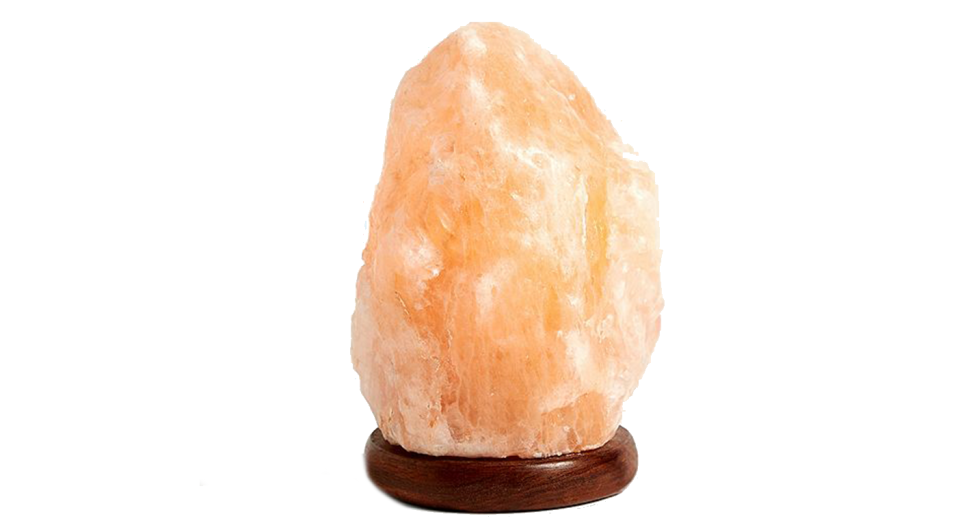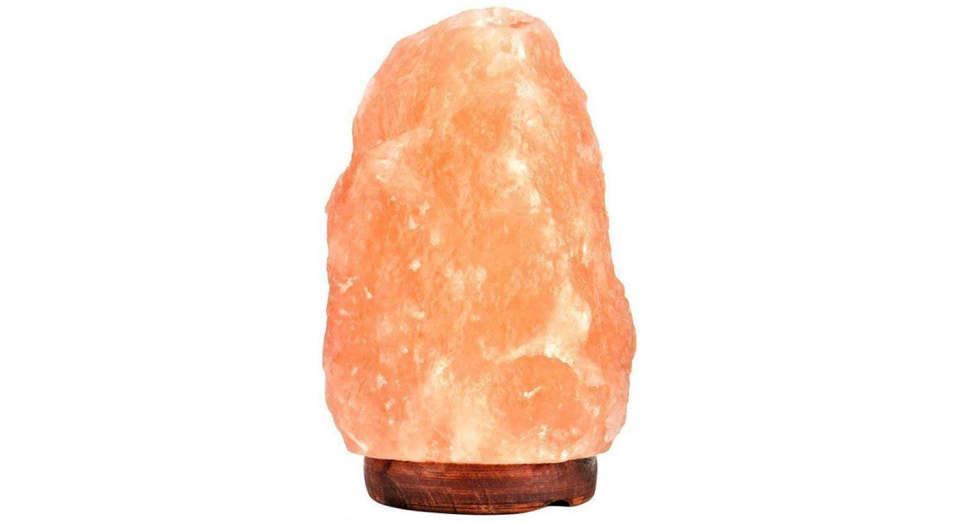Himalayan salt lamps: do they actually benefit your health?
![Himalayan salt lamps are said to "cleanse the air" with their gentle glow. [Photo: Getty]](https://s.yimg.com/ny/api/res/1.2/ZFiOE1bOn0U9xK_iJwGebg--/YXBwaWQ9aGlnaGxhbmRlcjt3PTEyNDI7aD04Mjg-/https://media-mbst-pub-ue1.s3.amazonaws.com/creatr-uploaded-images/2019-11/8e9cf7e0-ff02-11e9-bff7-ffa97d85c2c2)
Yahoo is committed to finding you the best products at the best prices. We may receive a share from purchases made via links on this page.
“Himalayan salt lamps” are the latest, buzzy products in the wellbeing world.
Virtually unheard of just a few years ago, the trendy light is the subject of 118,000 Instagram posts.
READ MORE: Those Himalayan Salt Lamps Everyone's Obsessed With Now Come in Skull Form
Basking in the lamp’s gentle orange glow is said to “cleanse the air”, while “reducing allergies” and “improving concentration”.
With all these big claims, Yahoo UK looks at the evidence - or lack of - supporting them.
READ MORE: What Are the Benefits of a Himalayan Salt Bath (and How Do I Prepare One at Home)?
Himalayan salt lamps are made of chunks of pink salt from the mountainous region.
The centre is hollowed out to make room for a light bulb.
Often found in spas, the lamps’ pinky, orange colour is said to come from the minerals found naturally in the salt.
Do Himalayan salt lamps have any benefits?
“Negative ions” are supposedly released from the lamps, “cleaning” the surrounding air, Dr Diana Gall from Doctor4U told NetDoctor.
Advocates claim this then boosts blood flow, reduces stress and eases bad moods.
However, no studies have looked into whether salt lamps even emit these ions, let alone the rest.
Taking a leap of faith and assuming they do, their benefits may be exaggerated.
A review by the scientific consultancy firm Exponent in Maryland, US, looked at 23 studies investigating a link between air ions and lung health.
They found research “does not clearly support a beneficial role in exposure to negative air ions and respiratory function or asthmatic symptom alleviation”.
While claims they “cleanse the air” may be a bit farfetched, exposure to salt has been found to improve asthma symptoms.
So-called halotherapy exposes patients, namely those with the wheezing condition, to salt in the belief it breaks up mucus in the airways.
Scientists from Ruth Rappaport Children’s Hospital in Israel had 29 children with asthma stand in a “salt room”.
After seven weeks, their bronchial hyper-responsiveness had significantly improved.
This describes the sensitivity of a patient’s airways to a range of substances that could bring on symptoms.
Whether having a salt lamp on your bedside table has the same affect is unclear.
READ MORE: Over 80,000 Himalayan Rock Salt Lamps Are Being Recalled
Halotherapy’s safety is also a mystery.
Experts stress it should only be used alongside conventional medication and under the supervision of a medical professional.
And some report their coughing, wheezing and shortness of breath is worse after salt exposure.
At the very least, the warm glow of a salt lamp could leave you feeling more upbeat.
Scientists from the University of Karachi in Pakistan shone a salt lamp on rats for 24 hours a day over 14 weeks.
Compared to the animals who were not exposed to the light, these rats had higher levels of the amino acid tryptophan.
As a precursor to the feel-good chemical serotonin, tryptophan can be prescribed to combat depression and anxiety, according to the National Institute for Health and Care Excellence (Nice).
It is worth noting, however, the results of animal studies are not always replicated in humans.
In our busy day-to-day lives, 24 hour salt lamp exposure is also fairly unrealistic.
When it comes to all the other claims, the evidence is limited.
No studies have looked into the effect of salt lamps on sleep, although many find the warm pink glow calming.
Despite the lack of evidence supporting their benefits, salt lamps are not thought to do any harm.
And at the very least, the trendy lamps could add a little zen calm to your home.
Shop top-rated Himalayan salt lamps
Himalayan Salt Lamp from Urban Outfitters | £25

(Pack of 2) Authentic Salt Lamp from Amazon | £23.49

Natural Pink Himalayan Crystal Rock Salt Lamp from Amazon | £12.99



